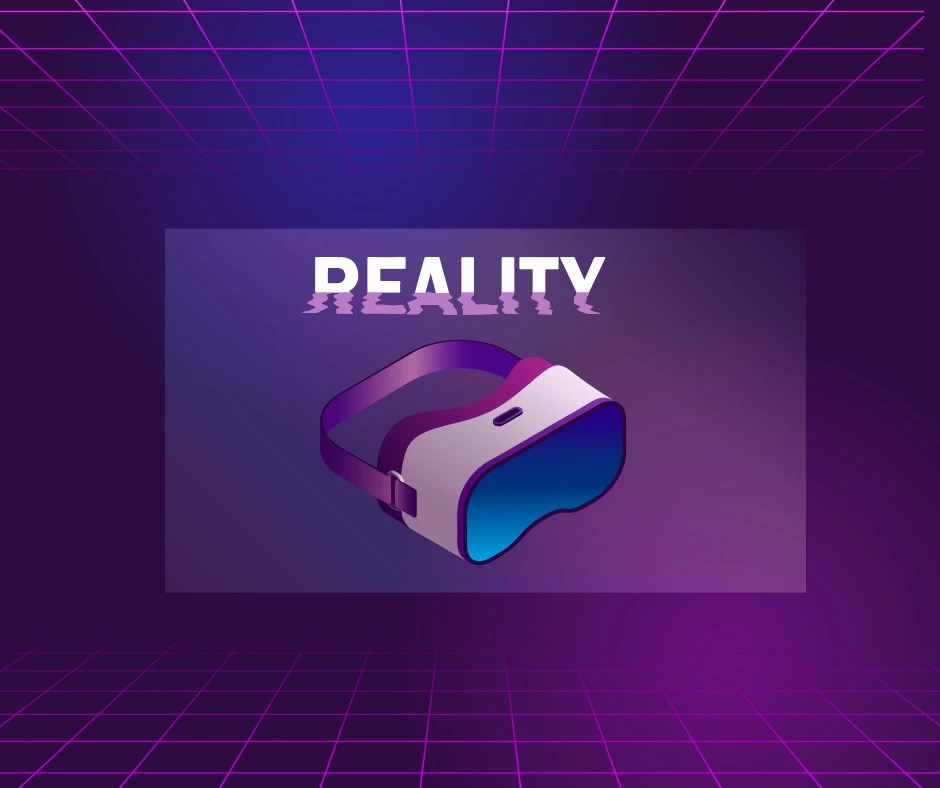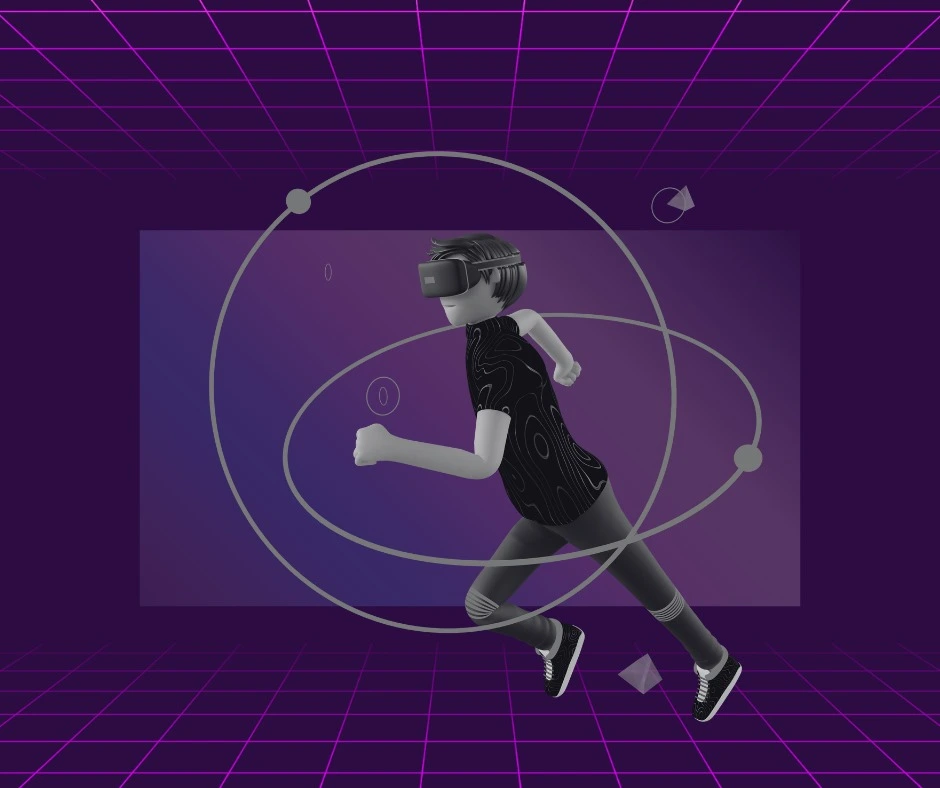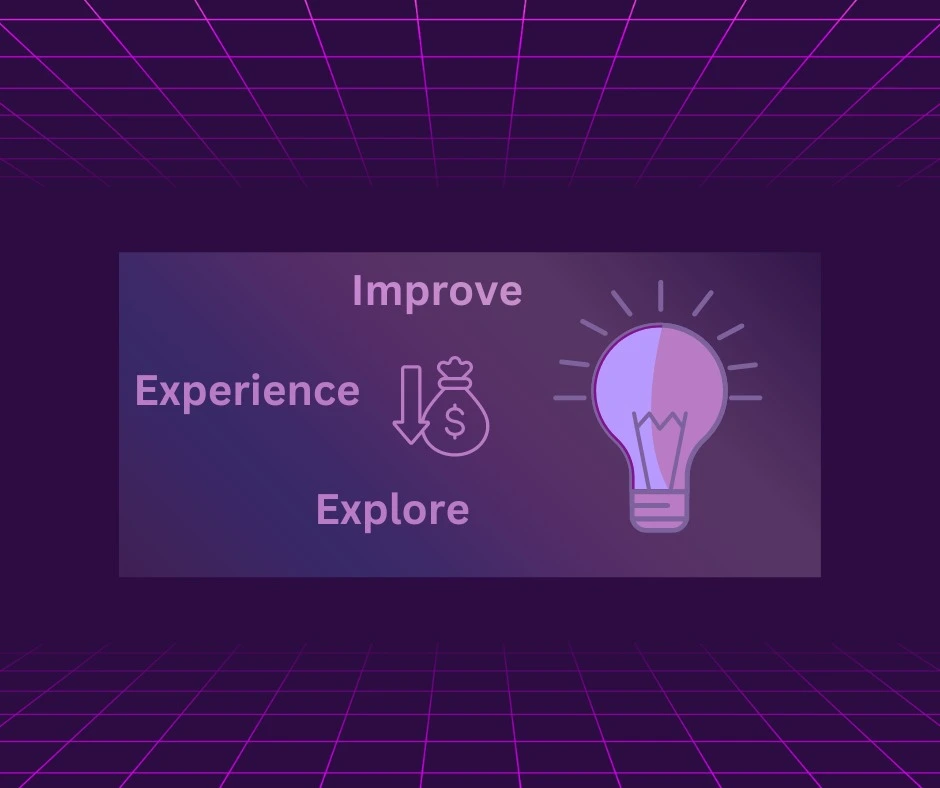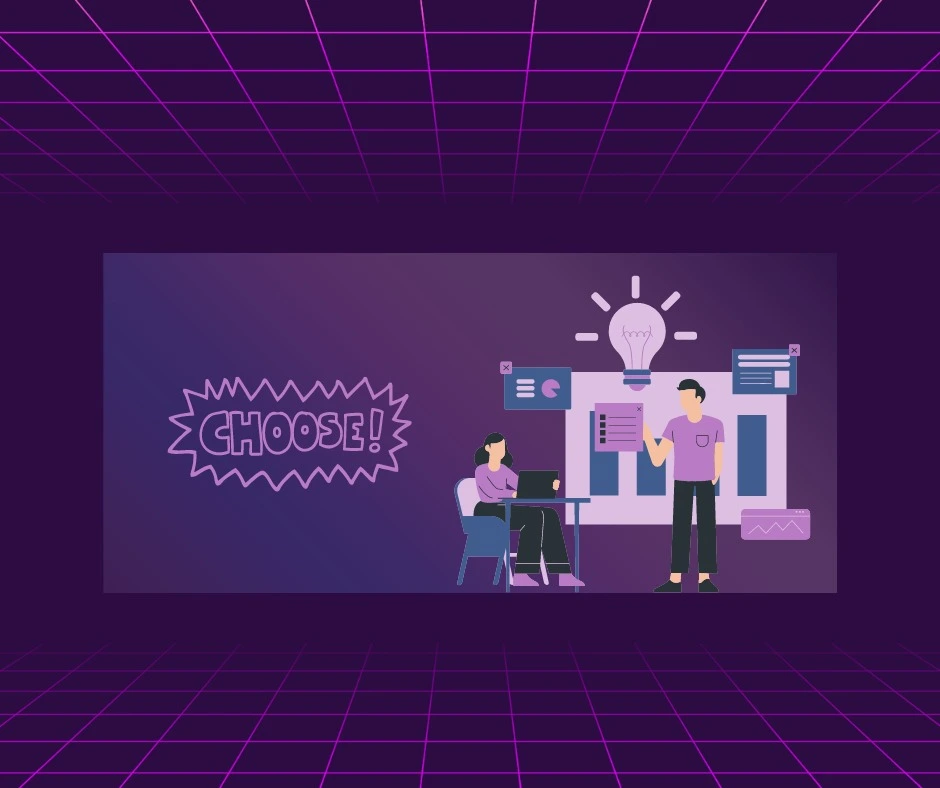Virtual Reality Technology and Its Innovative Applications in Various Fields
Virtual reality (VR) technology is an innovative and astonishing technology that allows users to immerse themselves in a completely virtual environment, where they feel as if they are present in a non-real world. This technology is considered a revolution in the world of technology and has a significant impact in multiple fields.

Intended Virtual Reality Technology
Virtual reality technology is a simulation experience that allows users to immerse themselves in a completely virtual environment. This is achieved through the use of devices such as virtual reality headsets worn on the head, providing a three-dimensional visual experience and a 360-degree field of view. Additionally, virtual reality technology allows for close integration with a virtual world that can be inspired by the real world or entirely different. It can be used in a variety of fields such as education, medicine, gaming, arts, and entertainment.

Virtual Reality Technology Applications
1- Education:
Virtual reality can be used to create immersive learning environments that help students understand processes better. For example, virtual reality can be used to create scientific experiments where students can observe molecular interactions or visit distant archaeological sites.
2- Training:
Virtual reality can be used to train professionals on hazardous or complex tasks. For example, virtual reality can be used to train pilots on landing in crowded airports or train doctors on performing surgical procedures.
3- Entertainment:
Virtual reality can be used to create immersive gaming and entertainment experiences. For example, virtual reality can be used to create shooting games or racing games that make the player feel as if they are in a virtual world.
4- Marketing:
Virtual reality can be used to create immersive marketing experiences that capture the attention of customers. For example, virtual reality can be used to showcase new products or create virtual shopping experiences.
5- Engineering:
Virtual reality can be used to create three-dimensional models of products or sites. These models can be used to test designs and create visualizations of final products.
6- Manufacturing:
Virtual reality can be used to train workers on manufacturing processes or to create assistive tools for product manufacturing.
7- Healthcare:
Virtual reality can be used for treating psychological disorders or providing immersive therapeutic experiences. For example, virtual reality can be used to treat post-traumatic stress disorder or to provide therapeutic experiences for spinal cord injury patients.

Benefits of Virtual Reality Technology
1- Realistic Experience:
Allows users to immerse themselves in virtual environments that appear highly realistic, creating an enjoyable and thrilling experience.
2- Enhanced Learning:
Virtual reality can be used in education to provide realistic and interactive learning experiences. Students can interact with content and hands-on experiences better, helping them understand concepts more effectively and improve their skills.
3- Realistic Training:
Virtual reality is used in training in fields such as medicine and aviation. Trainees can experience realistic scenarios safely and repeat them until they can develop their skills and make better decisions.
4- Time and Cost Saving:
Virtual reality can be used to test new products or designs before starting actual production. This helps in saving time and resources and reducing costs.
5- Exploration and Experience:
People can explore new places and experience new things without the need for actual travel. Users can visit famous landmarks, dive into the underwater world, or tour space, all through virtual reality applications.

Tips for Developing Virtual Reality Technology
1- Understand the Targeted Use:
Before embarking on the development of a virtual reality application, it's crucial to thoroughly understand its intended purpose and use. Do you want to create a game, an educational app, a medical application, or an entertainment application? This will help you in identifying the features and tools needed.
2- Choose the Right Platform:
There are numerous platforms available for developing virtual reality applications, such as Unity, Unreal Engine, ARKit, and others. Study the different platforms and select the one that best suits your needs and your level of programming expertise.
3- Start with a Small Project:
Before delving into the development of complex virtual reality applications, begin by building a small project to experiment with basic concepts and gain experience. You can start with a simple augmented reality application or a basic game.
4- Look for Learning Resources:
There are numerous learning resources available online for learning virtual reality development, including tutorials, videos, and forums. Utilize these resources to expand your knowledge and skills in this field.
5- Collaborate with Others:
Engage with other developers and communities interested in virtual reality technology. You can benefit from their experiences, exchange ideas, and collaborate on joint projects.
6- Innovate and Be Creative:
In virtual reality technology, you can be creative and innovate new and unique experiences. Don't be afraid to experiment with new ideas and use innovative techniques to enrich the user experience.
Conclusion
Virtual reality technology stands as one of the innovative breakthroughs that is changing the way we live and interact with the world. Creatively and intelligently harnessing its potential across various fields can open doors to tremendous advancements and astounding experiences in the future.



